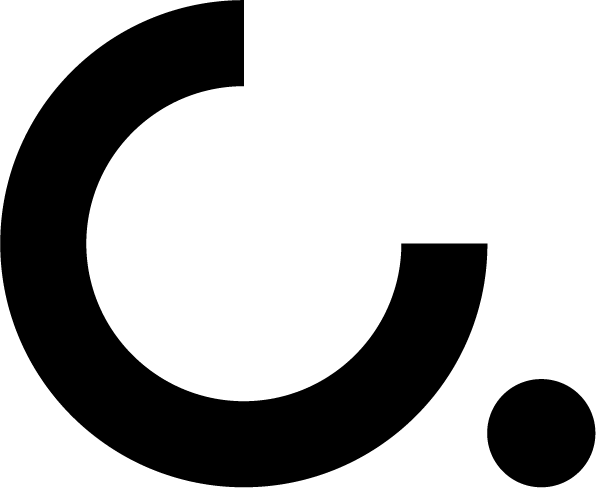Draft non-surgical guidelines
Non surgical guidelines
Use of images including ‘before and after’ images
See also False, misleading or deceptive advertising and Advertising that creates an
unreasonable expectation of beneficial treatment in the broader advertising guidelines.
6.1 Images must not be used in advertising non-surgical cosmetic procedures when the use of the
image is likely to mislead the public because the image gives the impression that it represents
the outcome of a non-surgical procedure where this is not the case. Examples of misleading
images include airbrushed, soft-filter or modified images where these modifications remove
wrinkles, smooth complexions or otherwise attempt to portray a ‘perfect’ outcome, and the use
of models or celebrities where it is not established that the model or celebrity had undertaken
the non-surgical cosmetic procedure.
6.2 Images of people aged under 18 years of age must not be used in advertising of non-surgical
cosmetic procedures.
6.3 All images used in advertising that are intended to show the outcomes of non-surgical cosmetic
procedures must include a prominent warning that the outcomes shown are only relevant for Public consultation:
6.4 ‘Before and after’ images in advertising may create unrealistic expectations and both the
‘before’ and ‘after’ images must be used responsibly to provide only realistic information about
the outcome of the non-surgical cosmetic procedure. The broader advertising guidelines list the
requirements for ‘before and after’ images in advertising. These requirements include that both
the ‘before and after’ images are genuine. In the context of non-surgical cosmetic procedures
this means the images used in advertising must be of actual patients who have had the
procedure being advertised performed by that health practitioner.
6.5 ‘Before and after’ images used in advertising must be presented so that the most prominent or
first image seen is either a combined or composite of both the ‘before’ and ‘after’ images or the
‘before’ image. Advertising where the ‘after’ image is the most prominent image may create
unrealistic expectations.
6.6 ‘Before and after’ images must be as similar as possible in content, lighting, camera angle,
background, framing and exposure, posture, clothing, and makeup. This is to ensure that the
comparisons of ‘before and after’ images are genuine and are not influenced by factors such as
the use of lighting, makeup, facial expression, clothing, or varied angles to improve the ‘after’
image.
6.7 ‘Before and after’ images used in advertising of non-surgical cosmetic procedures must not be
edited or enhanced, for example through the use of filters, retouching, grey-scaling and similar
techniques, as this can be misleading about the results of procedures by enhancing results or
minimising bruising. Registered health practitioners should also consider the timing of ‘after’
images.
When using ‘before and after’ images in advertising non-surgical cosmetic procedures
the ‘after’ image should specify how long after the procedure the image was taken.
6.8 Photographs, videos, or any other imagery used in advertising of non-surgical cosmetic
procedures must be used responsibly, for the purposes of information and/or education about
the non-surgical cosmetic procedures only. Some examples of features that are more likely to
be considered to be focused on entertainment and to trivialise non-surgical cosmetic
procedures include, but are not limited to:
a. imagery that includes music, dancing, singing, or comedic comments
b. editing that is not directed at presenting information (such as a montage of cosmetic
procedures or outcomes, and/or bodies)
c. imagery with a voice-over where the voice-over is not educative or informative.
6.9 The use and descriptions of photographs, videos and images in non-surgical cosmetic
procedures advertising must not:
a. idealise or sexualise non-surgical cosmetic procedures through the use of sexualised
images, such as poses suggestive of sexual positions, parting of legs, hands placed near
genitals or positions that imply sexual readiness, or gratuitous nudity. Other examples of
inappropriately idealised and sexualised images include, but are not limited to,
photographs, videos or images showing sexualised clothing, such as lingerie or sexual
paraphernalia, simulated undressing, such as pulling down underpants or a bra strap, oiled
bodies and similar
b. use icons, such as emojis, to indicate an emotional reaction to an image
c. use lifestyle shots, for example, images taken on a beach, poolside, on a bed, chair, in a
bedroom or hotel roomPublic consultation:
d. capture, or purport to capture, emotional reactions of patients, such as patients giving
‘thumbs up’ or crying with happiness after a non-surgical cosmetic procedure
e. be accompanied by captions or descriptions that idealise non-surgical cosmetic procedures
or minimise the risk of procedures. Examples include, but are not limited to, ‘more natural’,
‘ideal’
, ‘perfect’, ‘instant’, and similar
f. name patients or contain links to a patient’s social media or other digital media account.
6.10 Registered health practitioners must prioritise patients’ interests, dignity, and privacy ahead of

